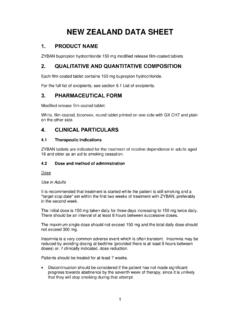Transcription of Alcohol misusers AWS WE guideline FINAL
1 DTC Reference 10052a Review by June 2012 Clinical guideline 1. The detection of Alcohol misusers attending hospital 2. The management of Alcohol withdrawal syndrome (AWS) 3. The management of Wernicke s Encephalopathy (WE) Document Detail Document Type Guidelines Document name 1. The detection of Alcohol misusers attending hospital; 2. The management of Alcohol withdrawal syndrome; 3. The management of Wernicke s Encephalopathy. Document location GTi Clinical Guidance Database Version Effective from 15 June 2010 Review date 15 June 2012 Owner General Medicine Author Carl Holvey Senior Psychiatric Liaison Pharmacist Nicola Torrens Senior Admissions Pharmacist Approved by, date Drug & Therapeutics Committee, May 2010 Superseded documents Related documents Keywords Alcohol withdrawal , Wernicke s, Encephalopathy, AWS, Alcohol misusers , chlordiazepoxide, Relevant external law, regulation, standards Change History Date Change details, since approval Approved by Detection of Alcohol misusers .
2 Management of Alcohol withdrawal syndrome and Wernicke s Encephalopathy DTC Reference 10052a Page 1 of 17 Review by June2012 CONTENTS Chapter Page 1 Summary and Algorithms Management Algorithm for the Alcohol withdrawal syndrome Management in unusual circumstances 2 2 3 2 The Alcohol withdrawal Syndrome (AWS) Symptoms of Alcohol withdrawal Risk factors for progression to severe withdrawal Detection of Alcohol misuse Alcohol use disorders identification test (AUDIT) The CAGE questionnaire Medical management of Alcohol withdrawal The first 24 hours Days 2-6 Difficult to control Patients Management of Alcohol withdrawal related seizures Patients who are difficult to assess using CIWA-Ar Elderly Patients Pregnant Patients 4 4 4 5 5 5 6 6 7 8 9 9 9 9 3 Wernicke s encephalopathy (WE) Treatment Prophylaxis Oral B-vitamin absorption in Alcohol misusers 10 10 11 11 4 Appendix Trust Referral Services & Community Services Alcohol use disorders identification test (AUDIT) tool Clinical Institute withdrawal Assessment of Alcohol Scale, Revised (CIWA-Ar)
3 Alcohol withdrawal nursing observation chart Patient information 12 12 13 14 15 16 5 References and Authors 17 Detection of Alcohol misusers , management of Alcohol withdrawal syndrome and Wernicke s Encephalopathy DTC Reference 10052a Page 2 of 17 Review by June2012 Day 2 (mg) Day 3 (mg) Day 4 (mg) Day 5* (mg ) Day 1 total PRN dose 8am 12pm 6pm 10pm 8am 12pm 6pm 10pm 8am 12pm 6pm 10pm 8am 12pm 6pm 10pm 300mg 60 60 60 60 50 50 50 50 30 30 30 30 20 20 20 20 275mg 55 55 55 55 45 45 45 45 30 30 30 30 20 15 15 20 250mg 50 50 50 50 40 40 40 40 25 25 25 25 15 15 15 15 225mg 45 45 45 45 35 35 35 35 25 25 25 25 15 10
4 10 15 200mg 40 40 40 40 30 30 30 30 20 20 20 20 10 10 10 10 175mg 35 35 35 35 25 25 25 25 20 20 20 20 10 10 10 10 150mg 30 30 30 30 20 20 20 20 15 15 15 15 10 5 5 10 125mg 25 25 25 25 20 20 20 20 15 10 10 15 10 5 5 5 100mg 20 20 20 20 15 15 15 15 10 10 10 10 5 5 5 5 75mg 15 15 15 15 10 10 10 10 5 5 5 5 5 5 5 50mg 10 10 10 10 5 5 5 5 5 5 5 5 5 25mg 5 5 5 5 5 5 5 5 5 5 *A longer detox may be required if at Day 5 the patient is on a total daily chlordiazepoxide dose of 40mg or larger.
5 After initial 24-hour assessment period "PRN" should be discontinued and a standard 5-day reducing regimen should be prescribed based on the baseline dose of chlordiazepoxideIf CIWA-Ar score 15 or above give 50mg All patients admitted to hospital should be asked about their Alcohol intake. Symptoms and Signs (Non-specific and absence does not exclude withdrawal ) Anxiety/Agitation/Irritability Nausea/Vomiting/Diarrhoea Convulsions Tremor of hands, tongue, eyelids Insomnia Hallucinations Sweating Fever with or without infection Delirium Tachycardia Hypertension Prescribe chlordiazepoxide 25 to 50mg every 2 hours as required on the PRN side & Pabrinex One/Two pairs TDS (See right)
6 If CIWA-Ar scale 0 to 9 or patient asleep no treatment necessary Management algorithm for the Alcohol withdrawal syndrome Nursing observations and administration of chlordiazepoxide is every 2 hours for 24hours starting at the first signs of withdrawal . Dose is dependent on CIWA-Ar score. If CIWA-Ar score 10 to 14 give 25mg Further information -In liver impairment, a shorter acting benzodiazepine may be indicated (1mg lorazepam=25mg chlordiazepoxide) -oral benzodiazepines should be given on presentation of seizures. -A fixed dose chlordiazepoxide withdrawal regimen should be prescribed in patients where it s difficult to rate their Alcohol withdrawal . See full guideline for: -Difficult to control patients -Delirious patients -Psychotic patients - Alcohol -induced seizures Vitamin Supplementation Parental Pabrinex is prescribed to treat or avoid Wernike s Encepalopathy (WE) Indication Regimen Length of course Known/suspected chronic Alcohol misuser One pair of Pabrinex IVHP ampoules IV TDS At least one day Any Patient displaying symptoms of WE* TWO pairs of Pabrinex IVHP ampoules IV TDS 3-7 day *Ataxia, hypothermia and hypotension, confusion, ophthalmoplegia or nystagmus, memory disturbances, coma or unconsciousness.
7 The classic triad only occurs in 10% of patients. Administration of Pabrinex IVHP: Each pair of ampoules to be diluted in 50ml to 100ml sodium chloride or 5% w/v glucose. Infuse over 30 minutes. Small risk of anaphylaxis. Facilities to manage anaphylaxis must be available. Oral vitamin supplementation & discharge Thiamine 100mg TDS and Vitamin B Co Strong 2 OD should be continued for 2 weeks (up to 6 weeks) Chlordiazepoxide should NOT be prescribed on discharge. Detection of Alcohol misusers , management of Alcohol withdrawal syndrome and Wernicke s Encephalopathy DTC Reference 10052a Page 3 of 17 Review by June2012 Management in Unusual Circumstances Options that may be considered in difficult to control patients Discuss with the medical team and sometimes it may be necessary to consult with Psychiatric Liaison Services.
8 Only give >300mg of chlordiazepoxide per day after medical review. Switching to IV diazepam IV diazepam emulsion may be administered as a bolus by peripheral or central route. Administer the undiluted emulsion at a rate of 1ml per minute (5mg per minute). A dose of 10mg every 30-60 minutes may be given until symptoms subside or the patient is markedly sedated. Usual maximum dose is 30mg in 24 hours. Monitor for symptoms of withdrawal and sedation. For patients with liver failure, IV lorazepam 1mg to 2mg every 5 minutes should be used until the patient is awake but calm. In elderly patients consider using half the recommended adult dose. Monitor ECG, blood pressure, pulse oximetry, respiratory rate and temperature when giving high dose benzodiazepines.
9 Consider extending the PRN dosing beyond 24 hours in patients with delirium tremens. Consider using a longer withdrawal regimen if unable to stabilise after 24 hours Consider an antipsychotic Usually haloperidol (consider lower doses in the elderly) PO/IM 5mg tds (Maximum 15mg IM or 30mg PO in 24 hours) Refer the patient to the appropriate psychiatric team who may consider the addition of an antipsychotic to control agitation. Poor English, Confused, Delirious or Psychotic Patients For these patients the CIWA-Ar scale is inappropriate as the patient will not be able to score on anxiety, orientation and clouding of sensorium, tactile, auditory and visual disturbances. It may be more appropriate to assess physical symptoms objectively and use a FIXED reduction regime immediately.
10 Start at Day 2 of the 5 day withdrawal scale If using a FIXED reducing regime, it may be necessary to use prn Chlordiazepoxide on top of the fixed regime in the first 24 hours to prevent breakthrough withdrawal symptoms. If the prn doses are utilised a review of the fixed regimen doses are needed after 24 hours. The doses will need to be increased to take into account the prn utilisation. Elderly patients To minimise adverse effects associated with benzodiazepines ( over sedation, confusion and ataxia) in the elderly it is important to bear in mind the start low and go-slow rule. In general it is recommended that half the dose of the benzodiazepine is used.
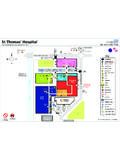
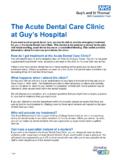
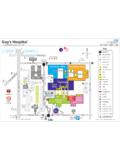
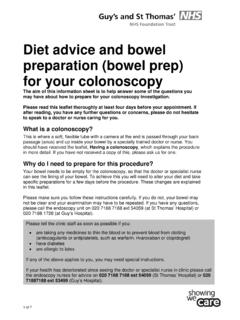
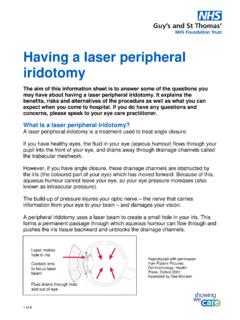
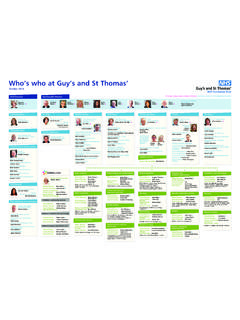

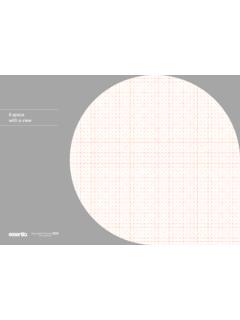

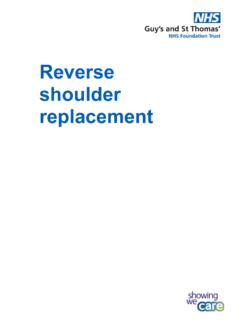
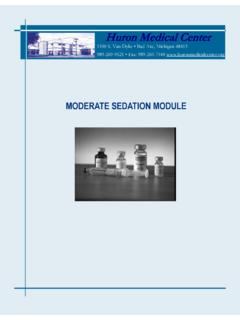
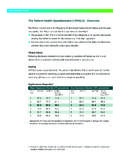
![[Product Monograph Template - Standard]](/cache/preview/b/5/6/4/6/9/f/8/thumb-b56469f81fe4cee7737b379eed8967bf.jpg)

